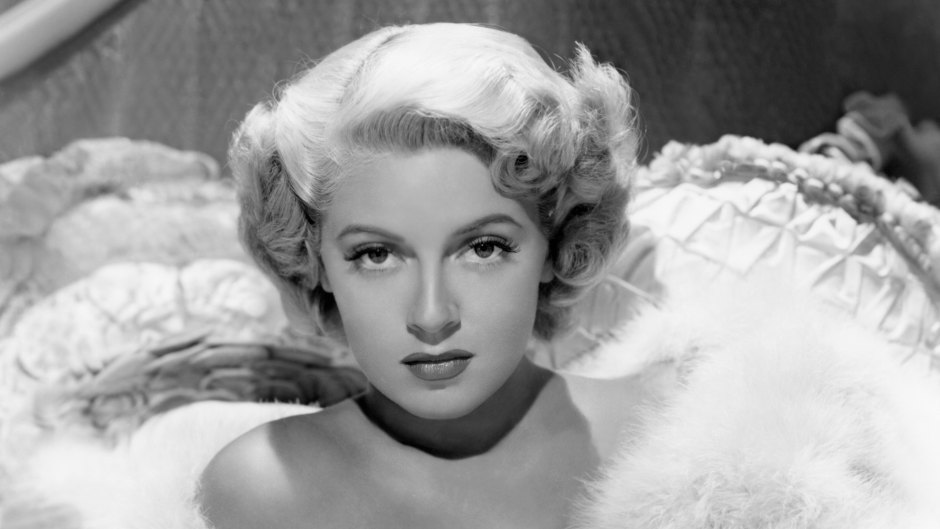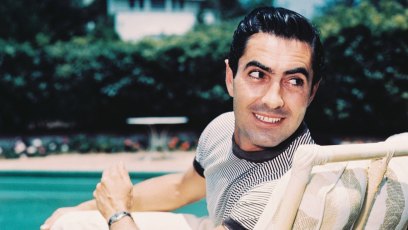
Metro-Goldwyn-Mayer Pictures/Sunset Boulevard/Corbis via Getty Images
Inside Lana Turner’s Hollywood ‘Regrets’ and Biggest Dreams After ‘The Postman Always Rings Twice’
In the late 1970s, Lana Turner sometimes dropped by the Beverly Hills Hotel for a drink. “I saw her sitting in the corner and glanced over,” recalls Darwin Porter to Closer. “There was no one else in the bar. She said, ‘Why the hell don’t you get your ass over here, I don’t have goddamn leprosy!’ That’s how we became friends.”
With the busiest time of her career behind her, Lana, who had been among the highest-paid actresses of the 1940s, turned reflective. She shared many of her memories with Porter, coauthor of Lana Turner: Hearts and Diamonds Take All. “When the career began to fade, the loneliness came,” he said.
Lana spent years as a beautiful woman in forgettable movies until 1946’s The Postman Always Rings Twice established her as a dramatic actress. A little over a decade later, Peyton Place garnered Lana her only Oscar nomination. “She wasn’t that pleased with that role. She said she didn’t have that much to do,” says Porter, who adds that Lana felt she did her best work in 1952’s The Bad and the Beautiful.
“As she got older, she began to resent the legend that was forming around Bette Davis and Joan Crawford,” he reveals — adding that Joan, Lana’s frequent love rival, particularly irked Lana. “She began to regret that she hadn’t achieved more stature. She said, ‘I’m terribly afraid I’m going to become one of the popcorn blondes’ — stars like Betty Grable or Veronica Lake.”
Lana, who lived to be 74, took her stature seriously. She never dressed down, even for a trip to the grocery store. “The Lana Turner you saw on screen was what you got in her private life,” shares Porter. “She was a goddess. Today, we have actors and actresses, but we do not have goddesses.”






































